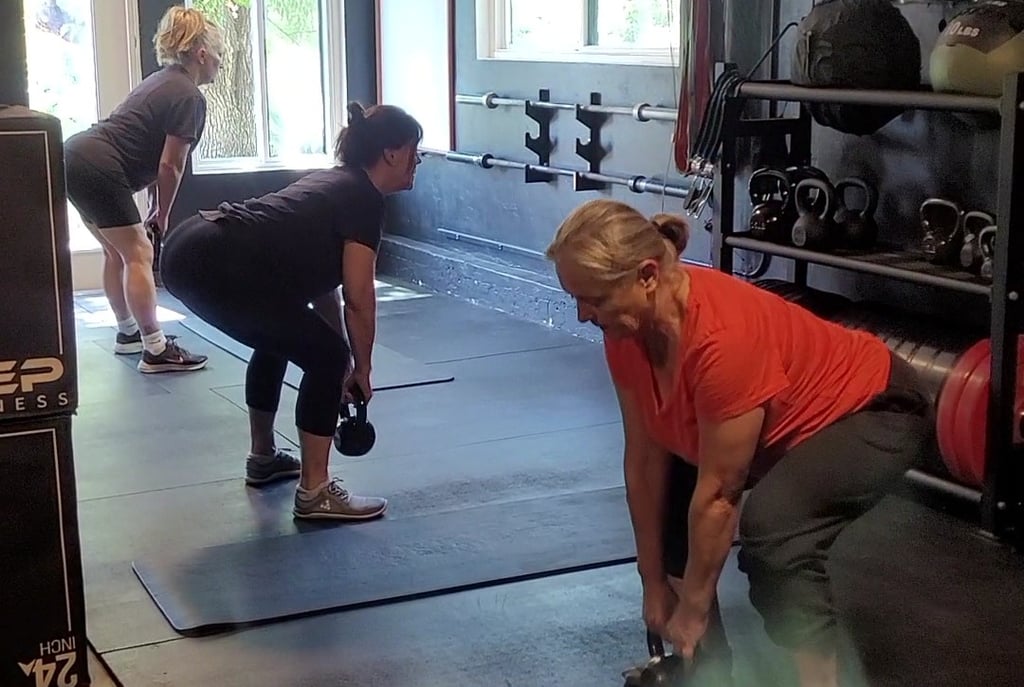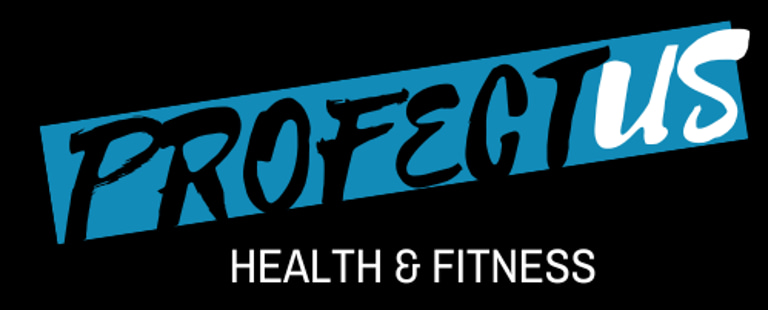Recovery Isn’t Optional: How Women in Midlife Can Thrive
Cristina Torres
11/12/20252 min read


Recovery Isn’t Optional: How Women in Midlife Can Thrive
As women move through their 40s, 50s, and beyond, staying active isn’t just about strength—it’s about recovery. Hormonal shifts during perimenopause and menopause affect how your body repairs itself, handles stress, and maintains energy. This makes recovery a critical part of any fitness routine.
It’s not just a “nice-to-have.” Scientific research shows that without proper recovery, women can experience increased inflammation, slower muscle repair, decreased bone density, and a higher risk of injury. Experts like Dr. Stacy Sims, author of ROAR, and researcher Mary Harvey emphasize that midlife women need tailored strategies for movement, recovery, and nutrition to maintain strength and vitality.
Why Recovery Matters More Than Ever
Hormonal Changes Affect Repair
As estrogen declines, muscle stem cells regenerate less efficiently, which can reduce strength gains and increase recovery time. Muscle biopsies in women during menopause show slower regeneration, highlighting the need for recovery-focused training.
Sleep is Crucial
Poor sleep impacts hormone balance, appetite regulation, and inflammation. Studies show women who consistently get 7–9 hours of quality sleep have better energy, mood, and exercise performance.
Stress Recovery
Chronic stress elevates cortisol, which can increase fat storage, reduce muscle repair, and disrupt sleep. Recovery practices help balance hormones and manage stress levels naturally.
Actionable Recovery Steps You Can Start Today
You don’t need a complicated plan—small, consistent actions make a huge difference:
1. Prioritize Recovery Therapy 3x Per Week
Tools like:
Infrared Sauna → boosts circulation, reduces inflammation, and supports stress relief
Red Light Therapy → aids joint pain, improves tissue repair, and enhances muscle recovery
Compression Boots → improve circulation and reduce soreness
Use these therapies before or after workouts to optimize repair and performance.
2. Focus on Sleep
Aim for 7–9 hours nightly
Create a wind-down routine: reduce screens 1 hour before bed, try gentle stretching or meditation
Keep a consistent sleep schedule, even on weekends
3. Train Smarter, Not Harder
Prioritize strength training over endless cardio. Focus on compound movements like squats, lunges, push-ups, and glute bridges to maintain muscle, bone density, and balance.
Alternate heavier strength sessions with lighter movement or mobility work to allow your body to repair.
4. Fuel Your Body
Adequate protein and nutrient-dense foods help maintain metabolism and energy.
Hydrate consistently—hormonal changes affect fluid balance and joint health.
5. Move Every Day
Gentle activity like walking, stretching, or yoga helps circulation, keeps joints mobile, and supports recovery without overtaxing the body.
The Takeaway
Recovery isn’t optional—it’s essential for women in midlife. By combining strength training, recovery therapies, quality sleep, and proper nutrition, you can maintain energy, reduce inflammation, protect your joints, and age better on your own terms.
Remember: your 40s, 50s, and 60s can be some of your strongest, most capable years. Recovery is the tool that makes it possible.
References:
Sims, S. (2016). ROAR: How to Match Your Food and Fitness to Your Unique Female Physiology for Optimum Performance, Great Health, and a Strong Body for Life.
Harvey, M. (2020). Research on hormone impact on muscle regeneration in perimenopausal and menopausal women.
